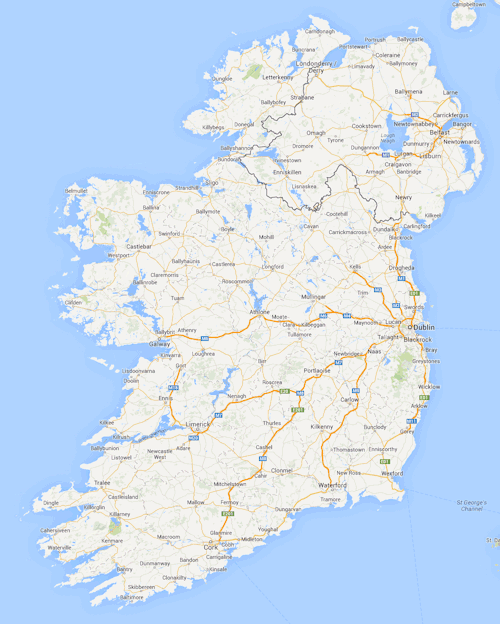Measuring Worth
Have you ever come across an old family will or an old land record that states the value of an estate and you wondered how much it would be worth in today’s dollars? There are many websites on the internet that will convert an historical amount into today’s value, but none do it better than Measuring Worth.
Run by two academics with a deep knowledge of alternate ways to compare the historic worth of things, the website provides several ways to convert an historic price into a modern price.
It also converts across currencies just in case you want to know how much UK £10 in 1810 is in today’s dollars (answer $838 using CPI inflation data). The currencies covered by the website include US dollars, UK pound and the Australian dollar. The dataset goes back into the 1700s. This is the best historical currency converter that we have ever seen. [Measuring Worth]
Pronounce Names
One of the biggest challenges in genealogy is overcoming the spelling of names. As your family tree goes back in time, spelling becomes more uncertain. Part of the problem lies in known spelling variations for certain names (Smith, Smyth, Smythe, etc.). The main problem, however, is that historically many people did not know how to read and write.
Names that were said out loud were often mistakenly written down in a different format. Knowing the proper pronunciation of an ancestor’s name can therefore be a good starting point in trying to decipher how it may have been written down on an old immigration form, a census record or a parish record. But what happens if your ancestor was from Finland or Croatia and you don’t know how to pronounce names in these languages?
Enter Hear Names. This is a website dedicated to the pronunciation of names from around the world. You can either type in a name and it will tell you how to pronounce it or you can search for names by language. Over 25 different languages are listed on the website. Hearing the proper oral pronunciation of a name is a good starting point for trying to reverse engineer how a name may have appeared in written format on historic documents, such as immigration forms.
Hear Names continues to be built out. The authors have informed us that new names can still be submitted to add to the database. [Hear Names]
Maps on the Web
Maps are an important part of genealogical research. They help us locate where our ancestors lived. They also help us identify old townships, districts, parishes and census divisions. Maps can also provide clues to patterns of settlement and migration. In short, maps are one of the best ways to overcome genealogy brick walls (see 50 Best Genealogy Brick Wall Solutions).
Historical maps are also fascinating by themselves. The main challenge though is trying to keep up with the flood of new and historic maps as they appear on the internet. How do we at GenealogyInTime Magazine do it? One key resource we use is Maps on the Web. Much like our newest genealogy records on the internet, it provides updates on new maps sets as they appear on the internet. It can be an invaluable resource. [Maps on the Web]


